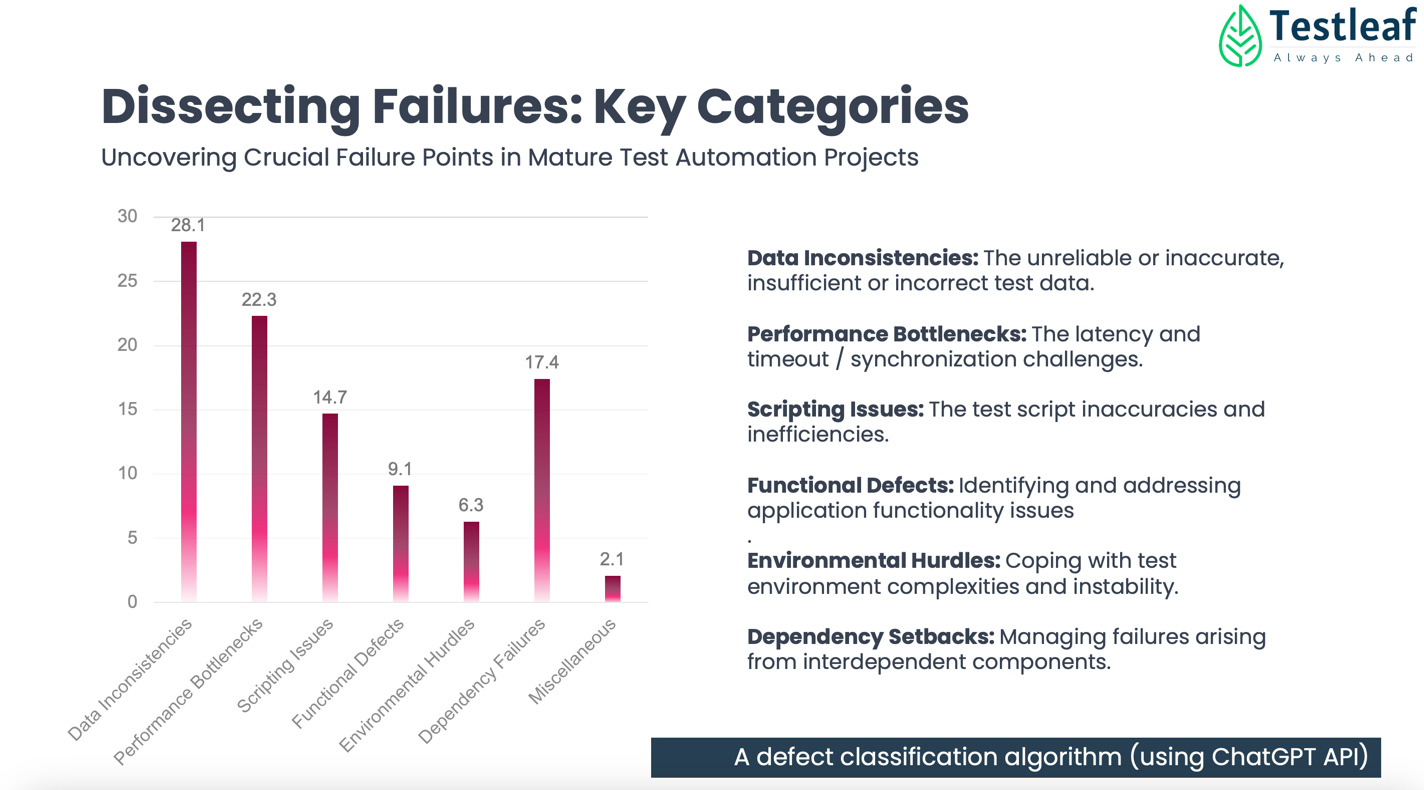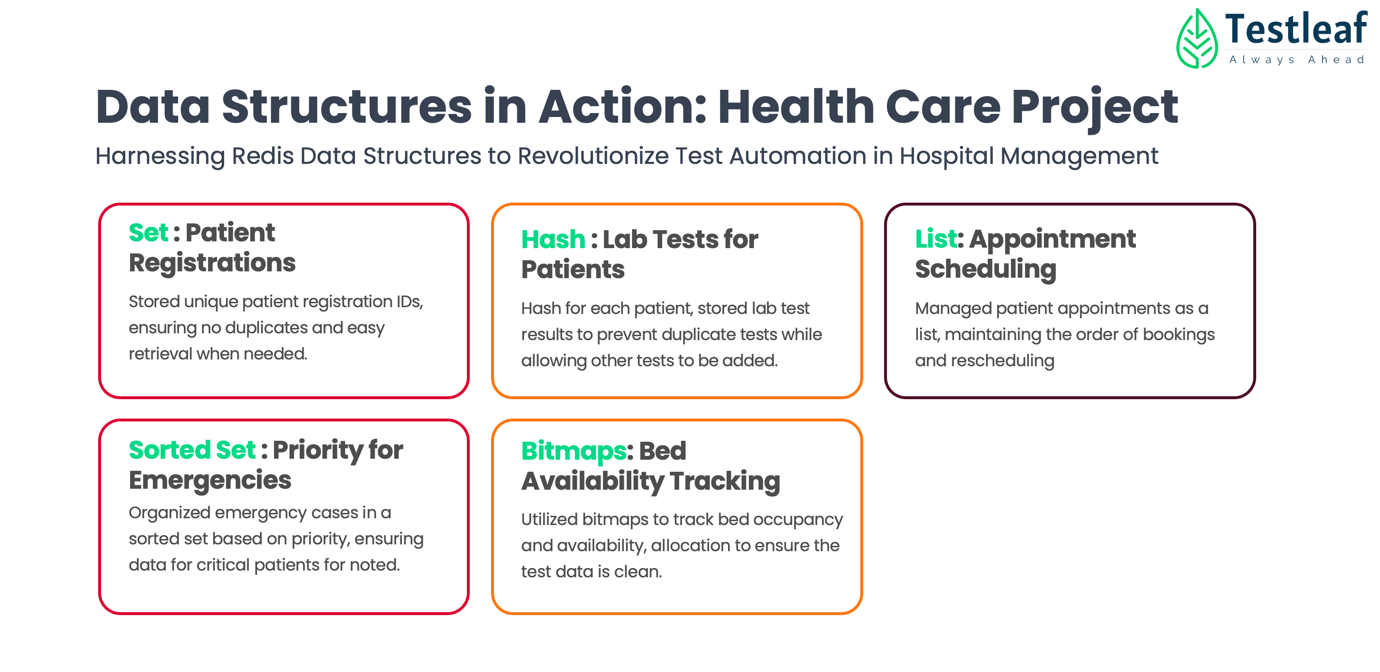Introduction
The landscape of test automation has evolved significantly over the past two decades, influenced by advancements in technology and the continuous pursuit of efficiency and reliability.
My journey in test automation began in the early 2000s, traversing through various frameworks and tools, culminating in a robust understanding of the nuances of this field.
This blog explores how Redis, a powerful in-memory data store, is revolutionizing test automation, drawing from personal experiences and industry insights.
Babu’s Test Automation Journey
Throughout my career, I have designed over 50,000 tests and executed more than 10 million tests across various browsers and devices. These experiences have been shaped by speaking partnerships with leading organizations and platforms.
What is Redis in Test Automation:
Redis, an open-source, in-memory data store, has emerged as a game-changer in test automation. Its ability to provide fast and efficient access to data with minimal latency is unparalleled. Redis supports various data structures, such as strings, lists, sets, sorted sets, and hashes, which enable flexible data management.
Redis vs. Traditional Approaches
Traditional test data management approaches often rely on:
- Excel/CSV Files: For storing and managing test data in comma-separated values format.
- XML/JSON Files: For managing test data using flexible and lightweight formats.
- Flat/Properties Files: For simple text-based test data storage.
- API Integration: For accessing and managing data.
- Database Queries: For fetching test data directly from the database.
- Faker/Test Data Generators: For generating random or static test data.
However, Redis surpasses these methods in performance, scalability, and flexibility. Its real-time caching capabilities and horizontal scaling support make it ideal for handling diverse and evolving test data requirements.
What causes the failures in test automation project?
In the realm of test automation, understanding the root causes of failures is paramount for developing effective solutions. The primary categories of failures encountered in test automation projects include:
- Data Inconsistencies: Issues arise from unreliable or inaccurate test data, which can be insufficient or incorrect. Ensuring test data integrity and accuracy is crucial for reliable test results.
- Performance Bottlenecks: Latency, timeout, and synchronization challenges can significantly impact test performance. Addressing these bottlenecks is essential for smooth and efficient test execution.
- Scripting Issues: Inaccuracies and inefficiencies in test scripts can lead to failures. It is important to develop robust, well-structured scripts to minimize these issues.
- Functional Defects: Identifying and addressing application functionality issues is a critical aspect of test automation. Ensuring the application works as intended under various conditions is key to successful automation.
- Environmental Hurdles: Complexities and instability in the test environment can pose significant challenges. Stabilizing and simplifying the test environment helps in achieving consistent test results.
- Dependency Setbacks: Failures arising from interdependent components need to be managed effectively. Understanding and mitigating the impact of these dependencies is crucial for reliable test automation.
By categorizing and addressing these failure points, we can enhance the effectiveness and reliability of test automation efforts.

Use Cases of Redis in Test Automation
Redis offers several compelling use cases in test automation:
- Test Data Management: Redis ensures consistency and integrity of test data in concurrent and distributed test environments.
- Exception Deduplication & Reporting: It streamlines error reporting by deduplicating exceptions and capturing relevant information from screens, APIs, and regex matches.
- Orchestrating Test Retries: Redis helps orchestrate test retries with varying browser versions, test data, and slow-speed timeout retries.
- Real-Time Test Monitoring: Using RedisInsight, a custom dashboard can monitor tests running across multiple regions and environments in real-time.
- Cleaning Browser Test Directories: Redis automates the deletion of browser test-specific user-data directories left behind by native drivers.
- OAuth & Session Management: Redis efficiently manages OAuth and session data, enhancing security and user experience.
Challenges in Test Automation
Test automation projects often face several challenges, including:
- Data Inconsistencies: Unreliable, inaccurate, insufficient, or incorrect test data.
- Performance Bottlenecks: Latency and timeout/synchronization issues.
- Scripting Issues: Test script inaccuracies and inefficiencies.
- Functional Defects: Identifying and addressing application functionality issues.
- Environmental Hurdles: Coping with test environment complexities and instability.
- Dependency Setbacks: Managing failures arising from interdependent components.
A failure analysis in mature test automation projects reveals that data inconsistencies and performance bottlenecks are the most prevalent issues, followed by scripting issues, functional defects, environmental hurdles, and dependency failures.
Redis Enhancing Test Efficiency and Reliability
Redis significantly enhances test efficiency and reliability by addressing these common failure points. For instance, in a healthcare project, Redis data structures were utilized as follows:
- Set: For storing unique patient registration IDs, ensuring no duplicates.
- Hash: For storing lab test results for each patient, preventing duplicate tests while allowing new tests to be added.
- List: For managing patient appointments, maintaining the order of bookings and rescheduling.
- Sorted Set: For organizing emergency cases based on priority.
- Bitmaps: For tracking bed occupancy and availability.

These applications of Redis data structures ensured clean and reliable test data, reducing the likelihood of data inconsistencies and improving overall test automation reliability.
Conclusion
Redis is revolutionizing test automation by providing a robust, high-performance solution for test data management, caching, and state management. Its versatility and real-time capabilities address many of the common challenges in test automation, making it an invaluable tool for enhancing test efficiency and reliability. As the field continues to evolve, embracing Redis and other innovative technologies will be crucial for staying ahead in the ever-competitive landscape of test automation.
Author’s Bio:

As CEO of TestLeaf, I’m dedicated to transforming software testing by empowering individuals with real-world skills and advanced technology. With 24+ years in software engineering, I lead our mission to shape local talent into global software professionals. Join us in redefining the future of test engineering and making a lasting impact in the tech world.
Babu Manickam
CEO – Testleaf







